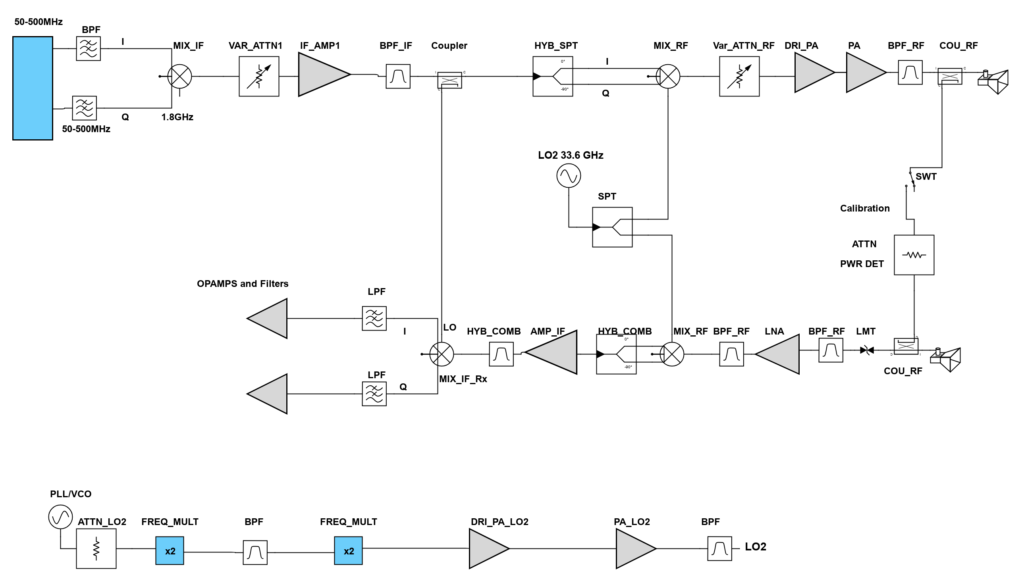Ozan Dogan of the Microwave Sensing, Signals & Systems department at TU Delft is tasked with the design of a Ka-band radar altimeter. Radar altimeters are known to be an elegant tool for estimation of the sea surface height, significant wave height and wind speed. In the radar system engineering point of view, these parameters are corresponding to the measurement of range, the slope of the return signal and the strength of return signal respectively. Moreover, radar altimeters have great potential in obtaining the reliable knowledge of ocean currents, annual sea level rise, the kinetic energy of ocean circulation and the interaction between the ocean and the ice sheet and glaciers regions, which have been verified by spaceborne radar altimeter missions from e.g. Centre National d’Etudes Spatiales (CNES), European Space Agency (ESA) and National Aeronautics and Space Administration (NASA) (e.g. Topex-Poseidon, Cryosat-2, Sentinel-3, etc).
The spatial and temporal sampling of the ocean surface by a single satellite is extremely poor, However increasing the number of satellites brings almost inhibiting costs. NL-RIA investigates the use of cubesat constellations with low SWaP-C nodes. A constellation is foreseen to greatly help in understanding the decorrelation times and the dynamic changing of the ocean mesoscale and sub-mesoscale processes, with the system’s ultimate goal being a daily worldwide coverage.
Within the scope of the NL-RIA project, a Ka-band radar altimeter system is designed and will soon be breadboarded. Almost all the components are selected as Commercial of the Shelf Tools (COTS) in order to reduce the cost. The aim is to achieve an output power of 2W, and noise figure that is less than 5dB and LFM bandwidth of 320MHz. In the figure, the radar system design is shown. The detailed design is ongoing. Further details will be presented in a paper submitted to EURAD 2020.


